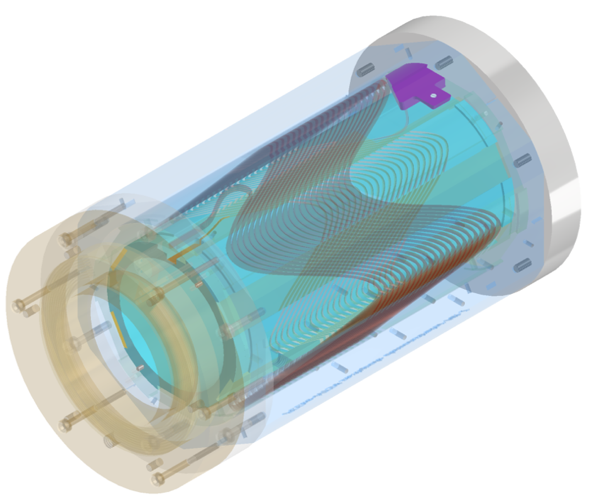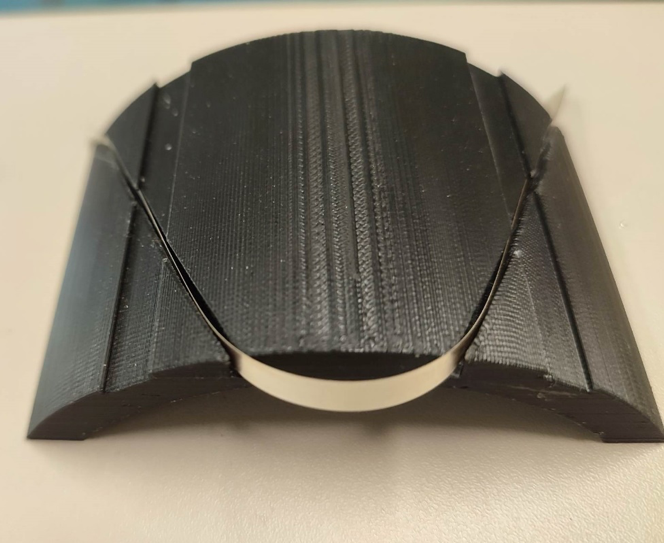A new collaboration between CERN and PSI aims at replacing the normal conducting short straight sectors (SSS) of the FCC-ee main storage ring with high-temperature-superconducting (HTS) ones. Called HTS4, for High-Temperature-Superconducting Short Straight Section, this study involves the construction of a prototype module one-meter-long (full-size), consisting of a nested quadrupole-sextupole magnet and using high temperature superconductors (ReBCO tape). Started in summer 2022, the project will last for three years. The project is financed by CHART, the Swiss Accelerator Research and Technology forum, an umbrella collaboration for accelerator research and technology activities in Switzerland. Present partners are CERN, PSI, EPFL, ETH-Zurich and the University of Geneva.

FCC-ee’s initial plan suggests the use of normal conducting magnets in SSSs. The main drawbacks of this idea are the consumption of electricity – due to ohmic losses - and the energy spent to extract the extra heat that will be produced. Conventional superconductors, like the ones used in the LHC, are not a better alternative, because they need to be cooled below ~5K, which makes heat extraction power-consuming. This project suggests the use of HTS conductors, capable of operating in the superconducting regime at up to 90K, which reduces drastically the power needed to cool them and benefits from the advantages of superconducting technology. Since these magnets are superconducting and do not use iron to shape their fields, they can be made lighter and nested, which means a 7% increase in packing factor and thus luminosity. In addition, this system provides increased flexibility in the optics design since any phase advance can be chosen with no penalty and there is no requirement for fixed polarity e-/e+ quadrupoles. Moreover, the HTS4 project hopes to build this system within the same cost envelope as the traditional system (considering the expected cost of HTS tapes in 20 years). The FCC-ee is expected to use ~20,000 km of HTS tape.
One of the challenges of this new design is the geometry of the HTS ReBCO tape. This tape cannot be bent in every direction without breaking or buckling. However, an in-depth analysis has been carried out using Frenet–Serret formulas, which has led to a workable mathematical solution whereby a CCT (canted-cosine-theta) magnet can be constructed without hard-way bending, using state-of-the-art technologies, such as additive manufacturing (3D metal printing) and subtractive manufacturing (CNC milling). Different aspects of the project are currently under investigation, such as magnetic analysis, thermal analysis, resistive impedance of the wall analysis, estimating costs and designing a demonstrator. No unsurpassable problems have been encountered for the time being.

This is not the only study aiming at reducing the power consumption of FCC-ee. HTS4’s sister project, the CPES (Cryogenic Power Electronic Supply) project, a collaboration between PSI and ETZ, is focusing on cryogenic power supplies, instead of traditional room temperature ones, and is investigating the possibility of moving the power supply inside the cryostat.

In conclusion, the FCC-ee HTS4 project is an innovative idea that attempts to minimise power consumption, gain luminosity and flexibility in optics and construct a smaller, lighter system, with a vision for a more sustainable, greener, cutting-edge technology at no additional costs.
